The Nation Grows
History
Andrew Jackson
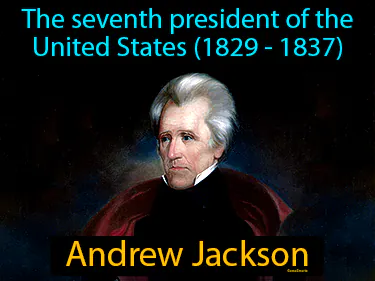
The seventh president of the United States 1829 - 1837, Andrew Jackson. Andrew Jackson was a controversial leader known for his populist approach and for implementing policies like the Indian Removal Act.
Antonio Lopez de Santa Anna
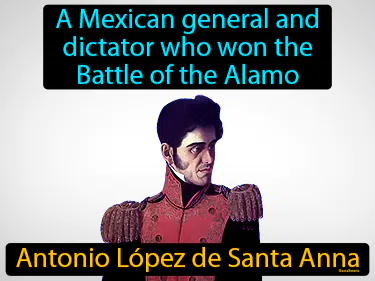
A Mexican general and dictator who won the Battle of the Alamo. Antonio Lopez de Santa Anna. He was a key military and political leader in 19th-century Mexico.
Bank of the United States
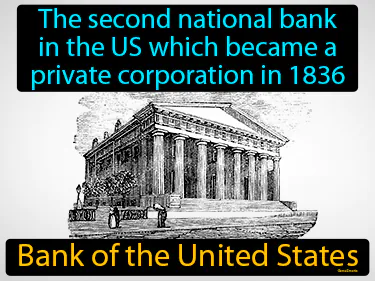
The second national bank in the US which became a private corporation in 1836. Bank of the United States. It was a federal institution that helped stabilize the economy but faced opposition over its power and influence.
Brigham Young
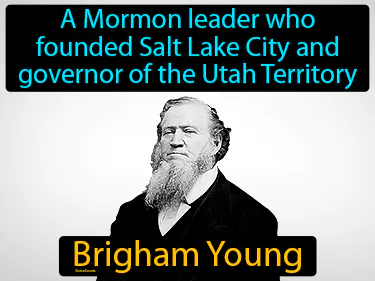
A Mormon leader who founded Salt Lake City and governor of the Utah Territory. Brigham Young. He was a key figure in the westward expansion of the United States and led the Mormons to settle in Utah.
canal
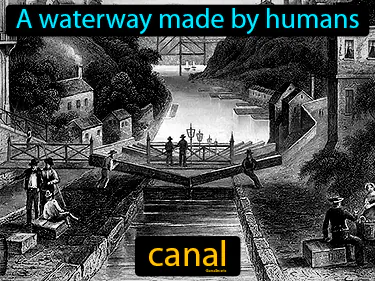
A waterway made by humans. Canal. Canals are man-made channels used historically for transportation and irrigation.
cotton gin
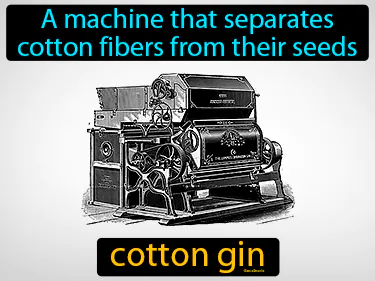
A machine that separates cotton fibers from their seeds. Cotton gin. The cotton gin is an invention by Eli Whitney in 1793 that revolutionized cotton processing and increased cotton production in the U.S.
Cyrus McCormick
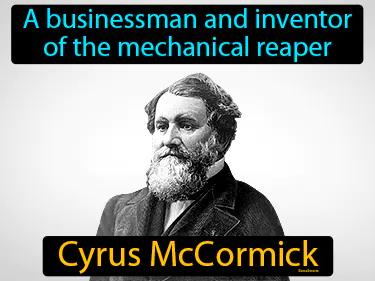
A businessman and inventor of the mechanical reaper. Cyrus McCormick. He revolutionized agriculture in the 19th century by inventing a machine that made harvesting crops much easier and faster.
David Crockett
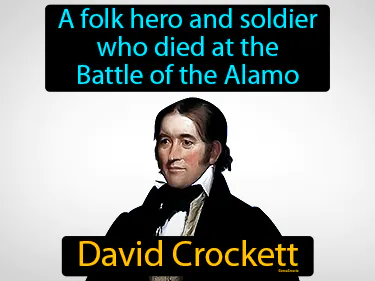
A folk hero and soldier who died at the Battle of the Alamo. David Crockett. David Crockett was a famous frontiersman and lawmaker who became a legendary figure for his role in defending the Alamo during the Texas Revolution.
DeWitt Clinton
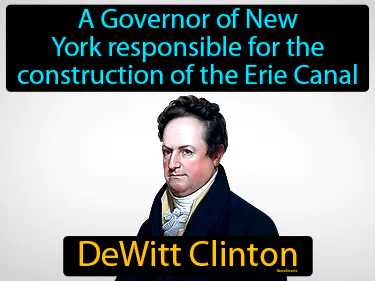
A Governor of New York responsible for the construction of the Erie Canal. DeWitt Clinton. He was a key figure in opening up trade and transportation in the early United States.
Eli Whitney
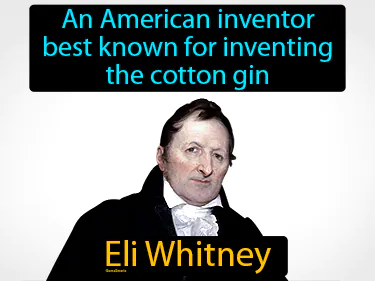
An American inventor best known for inventing the cotton gin, Eli Whitney. Eli Whitney revolutionized the cotton industry in the late 18th century.
forty-niners

People that took part in the 1849 California Gold Rush. Forty-niners. Forty-niners is a term used to describe the people who rushed to California seeking gold in 1849.
Francis C Lowell
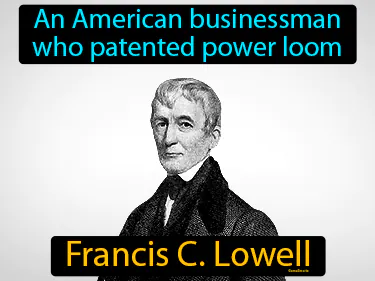
An American businessman who patented power loom, Francis C. Lowell. He was a key figure in the American Industrial Revolution for introducing textile manufacturing innovations.
Gold Rush

A sharp migration of people to an area believed to have significant gold deposits. Gold Rush. A Gold Rush is a rapid movement of people to a region where gold has been discovered.
Indian Removal Act
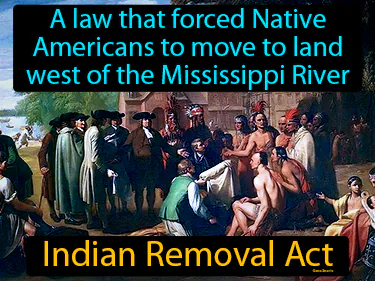
A law that forced Native Americans to move to land west of the Mississippi River. Indian Removal Act. The Indian Removal Act was a law passed in 1830 that led to the forced relocation of Native American tribes from their ancestral lands to areas west of the Mississippi River.
Industrial Revolution

The transition from hand production methods to machines. Industrial Revolution. The Industrial Revolution was a period of major change when technology advanced rapidly, shifting societies from agriculture-based economies to industrial and urban ones.
interchangeable parts

A concept of creating identical parts to be mass produced and easily replaced with other interchangeable parts. Interchangeable parts revolutionized manufacturing during the Industrial Revolution by allowing for quicker assembly and repair of products.
James Beckwourth

A mountain man credited with the discovery of Beckwourth Pass. James Beckwourth. He was an African-American frontiersman and explorer in the 19th century.
James K Polk
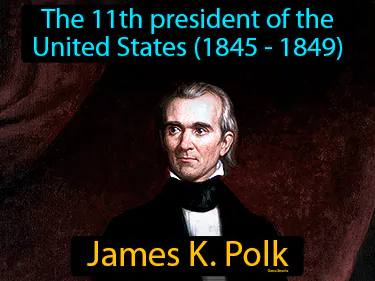
The 11th president of the United States 1845 - 1849. James K Polk. He is known for expanding the U.S. territory significantly during his presidency.
Jim Bowie
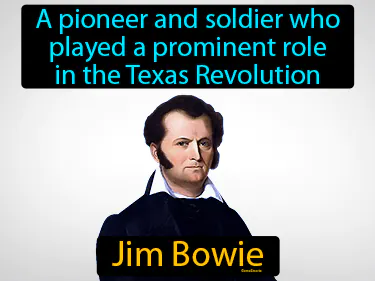
A pioneer and soldier who played a prominent role in the Texas Revolution. Jim Bowie. He was a 19th-century American known for his heroism at the Battle of the Alamo.
Jim Bridger
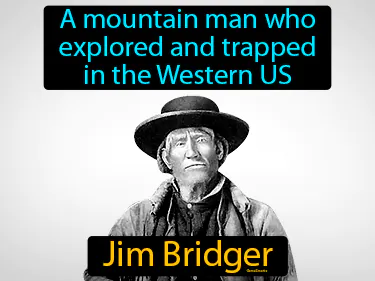
A mountain man and wilderness guide who explored and trapped in the Western US. Jim Bridger was a key figure in the early exploration and development of the American West.
John Deere
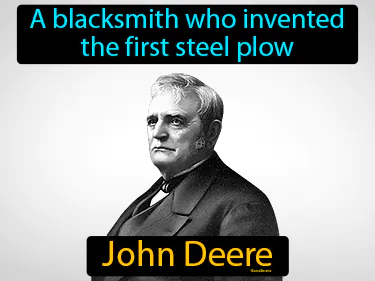
A blacksmith who invented the first steel plow, John Deere. John Deere revolutionized agriculture with durable, efficient plows that improved farming efficiency.
John Quincy Adams

The sixth president of the United States 1825 - 1829. John Quincy Adams. He was a leader who promoted modernization and international cooperation.
John Ross
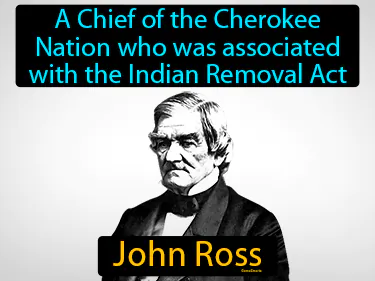
A Chief of the Cherokee Nation who was associated with the Indian Removal Act, John Ross. John Ross was a prominent Cherokee leader who fought to resist the forced relocation of his people during the Trail of Tears.
Lorenzo de Zavala
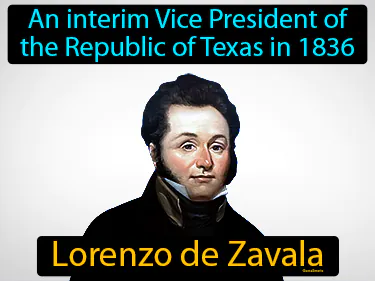
An interim Vice President of the Republic of Texas in 1836. Lorenzo de Zavala. Lorenzo de Zavala was a key figure in Texas history who helped establish the Republic of Texas during its independence from Mexico.
manifest destiny
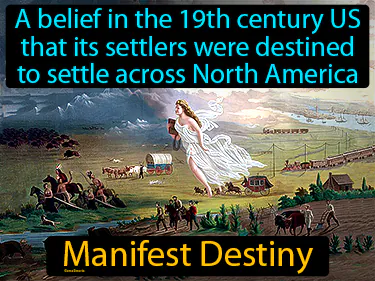
A belief in the 19th century US that its settlers were destined to expand across North America. Manifest destiny. It was the idea that Americans were meant to spread their culture and civilization from the Atlantic to the Pacific.
Marcus Whitman
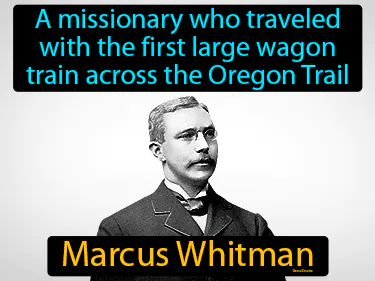
A missionary who traveled with the first large wagon train across the Oregon Trail. Marcus Whitman was a pioneer and doctor who helped guide settlers to the Oregon Territory in the 1840s.
Mountain Men
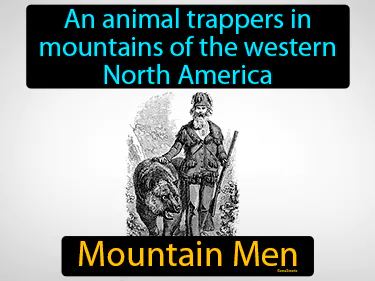
An animal trappers in mountains of the western North America. Mountain Men. Mountain Men were explorers and fur trappers who ventured into the American West during the 19th century.
Narcissa Whitman

A missionary in the Oregon Country and wife of Marcus Whitman. Narcissa Whitman was one of the first white women to cross the Rocky Mountains, playing a significant role in early American Westward expansion.
Osceola
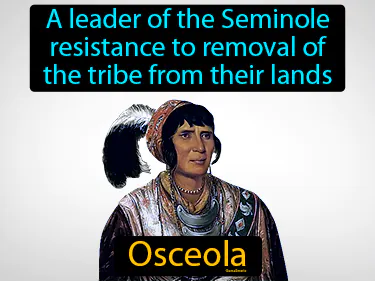
A leader of the Seminole resistance to removal of the tribe from their lands. Osceola. Osceola was a prominent Seminole leader who fought against U.S. efforts to relocate his tribe in the 1830s.
Peter Cooper
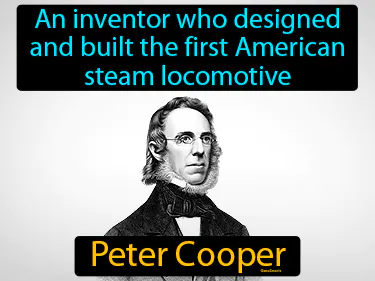
An inventor who designed and built the first American steam locomotive. Peter Cooper. He was a pioneer in the development of early American industry and transportation.
reaper

A farm tool or machine for harvesting grain. Reaper. The reaper is a historical agricultural machine that made it easier and faster to cut and gather crops like wheat and oats.
Robert Fulton
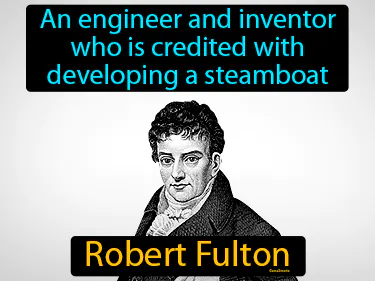
An engineer and inventor who is credited with developing a steamboat, Robert Fulton. He is known for creating the first commercially successful steamboat, revolutionizing water transportation in the early 1800s.
Sam Houston
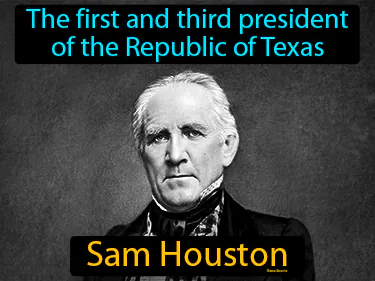
The first and third president of the Republic of Texas. Sam Houston. Sam Houston was a key leader in the Texas Revolution and served as the president of the Republic of Texas twice.
Samuel Slater
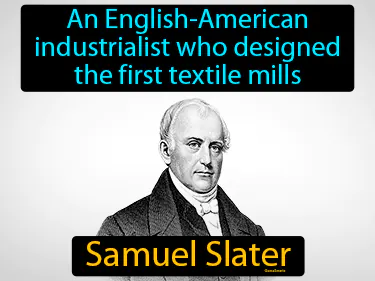
An English-American industrialist who designed the first textile mills Samuel Slater. Samuel Slater is known as "The Father of the American Industrial Revolution" for bringing British textile technology to America.
Sequoyah
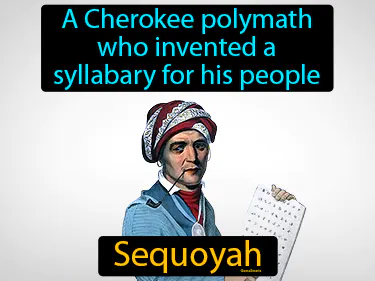
A Cherokee polymath who invented a syllabary for his people. Sequoyah. Sequoyah was a historical figure who created a writing system that enabled the Cherokee to read and write in their own language.
steam engine
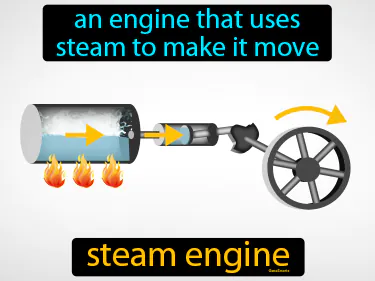
An engine that uses steam to make it move. Steam engine. The steam engine was a key invention that powered the Industrial Revolution by turning steam into mechanical work.
Stephen F Austin
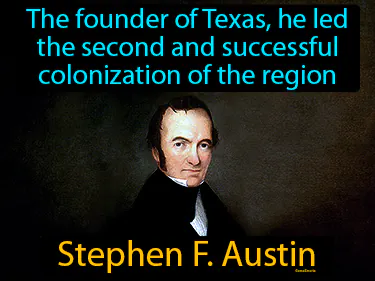
The founder of Texas, he led the second and successful colonization of the region. Stephen F. Austin. He is known as the "Father of Texas" for his role in establishing American settlements in the area.
Suzanna Dickenson
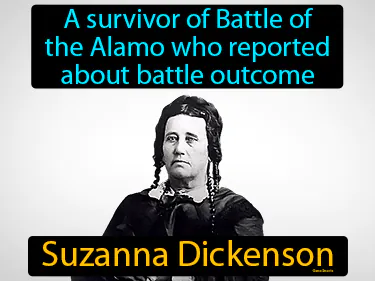
A survivor of the Battle of the Alamo who reported about the battle outcome, Suzanna Dickenson. She was one of the few civilian survivors who informed others about the fall of the Alamo in 1836 during the Texas Revolution.
Trail of Tears
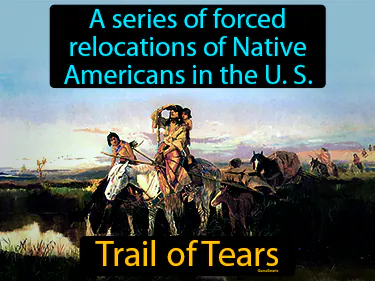
A series of forced relocations of Native Americans in the US. Trail of Tears. The Trail of Tears was when Native American tribes were forced to move from their lands to designated areas, leading to immense suffering and death.
Treaty of Guadalupe Hidalgo
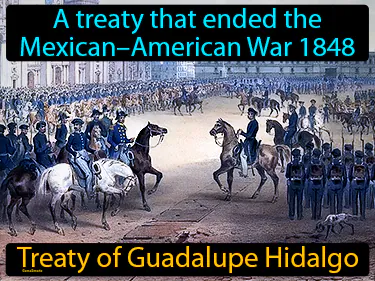
A treaty that ended the MexicanAmerican War 1848. Treaty of Guadalupe Hidalgo. It is the agreement that resulted in the U.S. acquiring large territories from Mexico, including present-day California and New Mexico.
wagon train
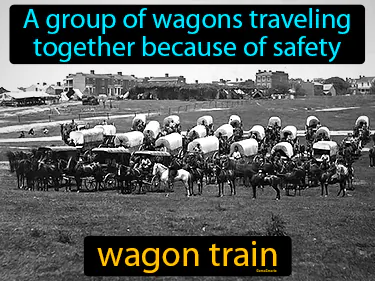
A group of wagons traveling together because of safety. Wagon train. In the 19th century, a wagon train was a line of wagons traveling westward across North America for migration or trade.
William Travis
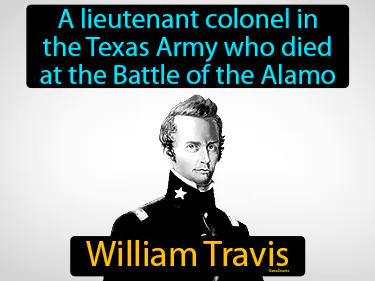
William Travis a lieutenant colonel in the Texas Army who died at the Battle of the Alamo. William Travis was a leader who played a key role in the Texas fight for independence from Mexico.
Zachary Taylor
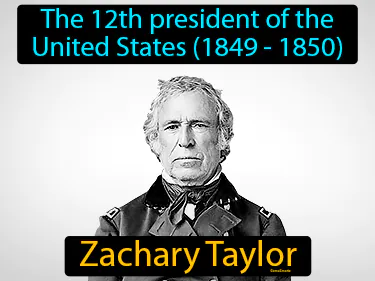
The 12th president of the United States 1849 - 1850. Zachary Taylor. Zachary Taylor was a military leader who became president but died only 16 months into his term.